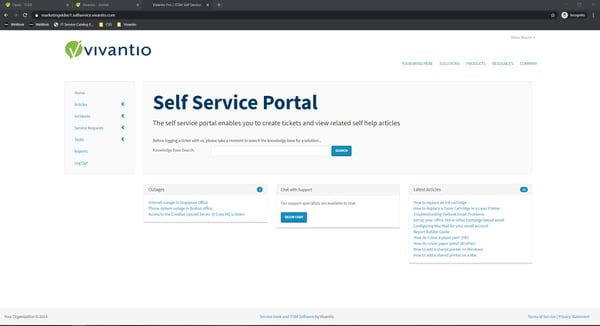LEARN HOW VIVANTIO’S INTEGRATION CAPABILITIES REALLY COMPARE.
When considering possible ITSM tools, one key element to consider is how well each product will integrate with your available resources to provide a seamless IT organization. With so many options out there, it can be difficult to determine what will work best for your team. In order to see how our product compares, Vivantio participated in a SIAM group test that was run by The ITSM Review. The ITSM Review is an IT community that focuses on sharing knowledge about various tools out there that are available to professionals. But, what is a SIAM group test exactly? Let’s explain.
WHAT IS A SIAM GROUP TEST?
SIAM (service integration and management) is a framework for managing multiple suppliers of IT services and integrating them to provide a single, business-facing IT organization.
In other words, SIAM is all about joining all of your IT tools – email, systems monitoring, development tracking, notification services, etc. – into one unified hub, saving your service team time and money while never losing out on important data.
THE RESULTS ARE IN
Vivantio took part in the Group Test and garnered some high praise.
“What really impressed me about Vivantio was their dedication to making life easier for beleaguered Ops and Supplier Managers,” wrote Vawns Murphy, senior ITSM analyst for ITSM Review parent Enterprise Opinions and author of the study. “The use of technology to not only support integration but also automate pre-defined responses to ticket event, really makes this a strong contender in the tools universe.”
“The Vivantio ethos is to deliver flexible, reliable, trusted ITSM software to empower the delivery of service excellence to the customer organisation. From the product demonstration, this ethos was clear to see as the flexibility of the product spans interfaces from everything; from Microsoft to Google,” Murphy goes on to write.
For the full results of the SIAM Group Test, visit The ITSM Review.



